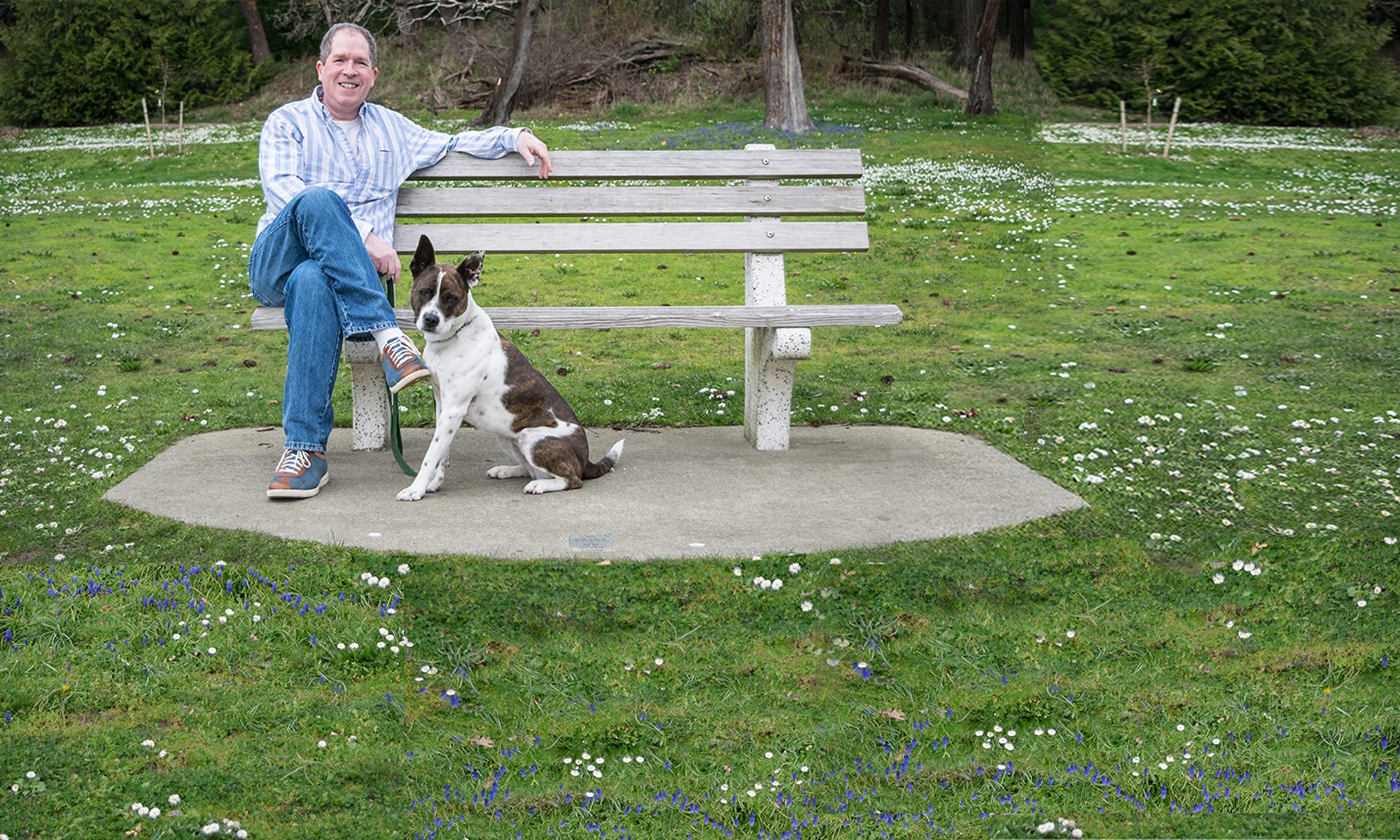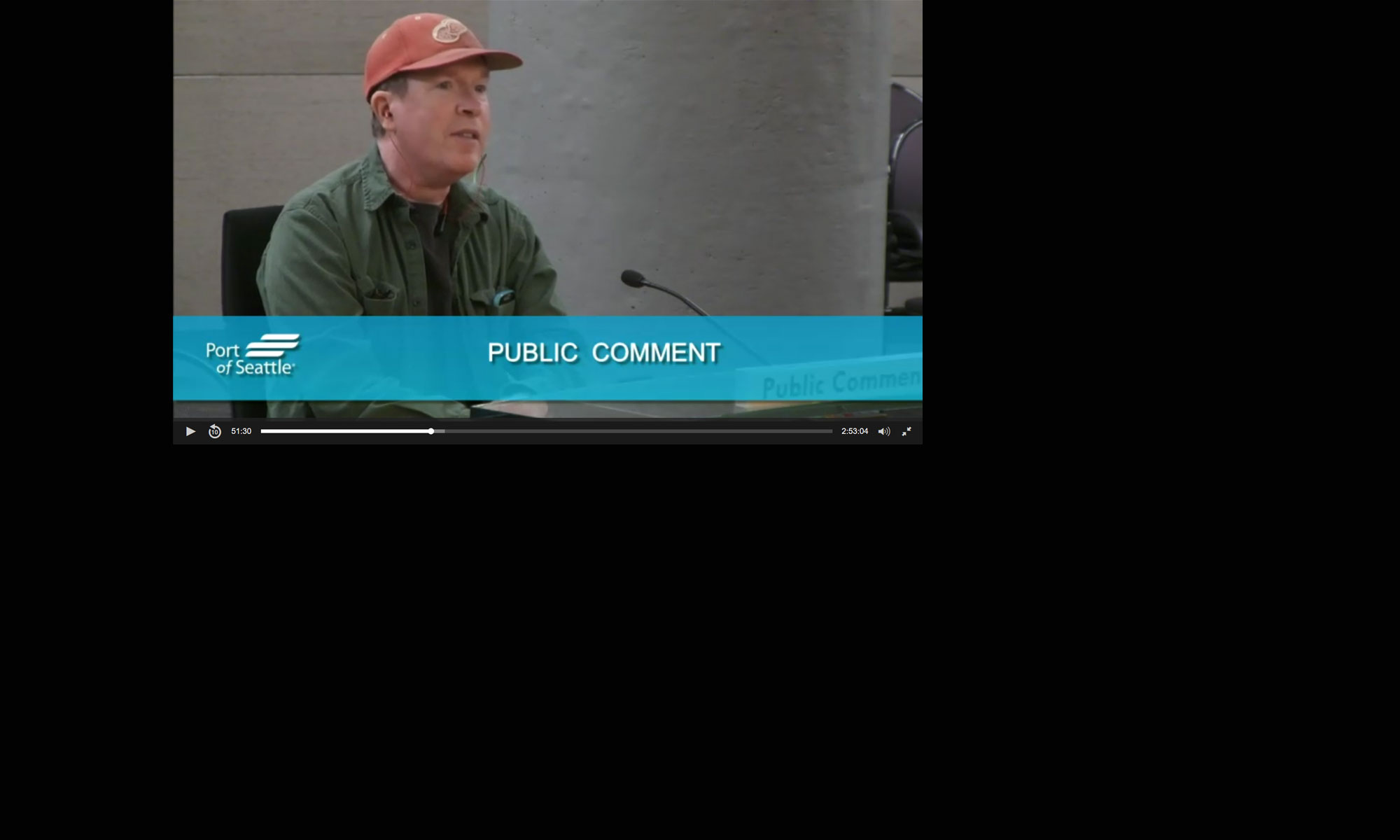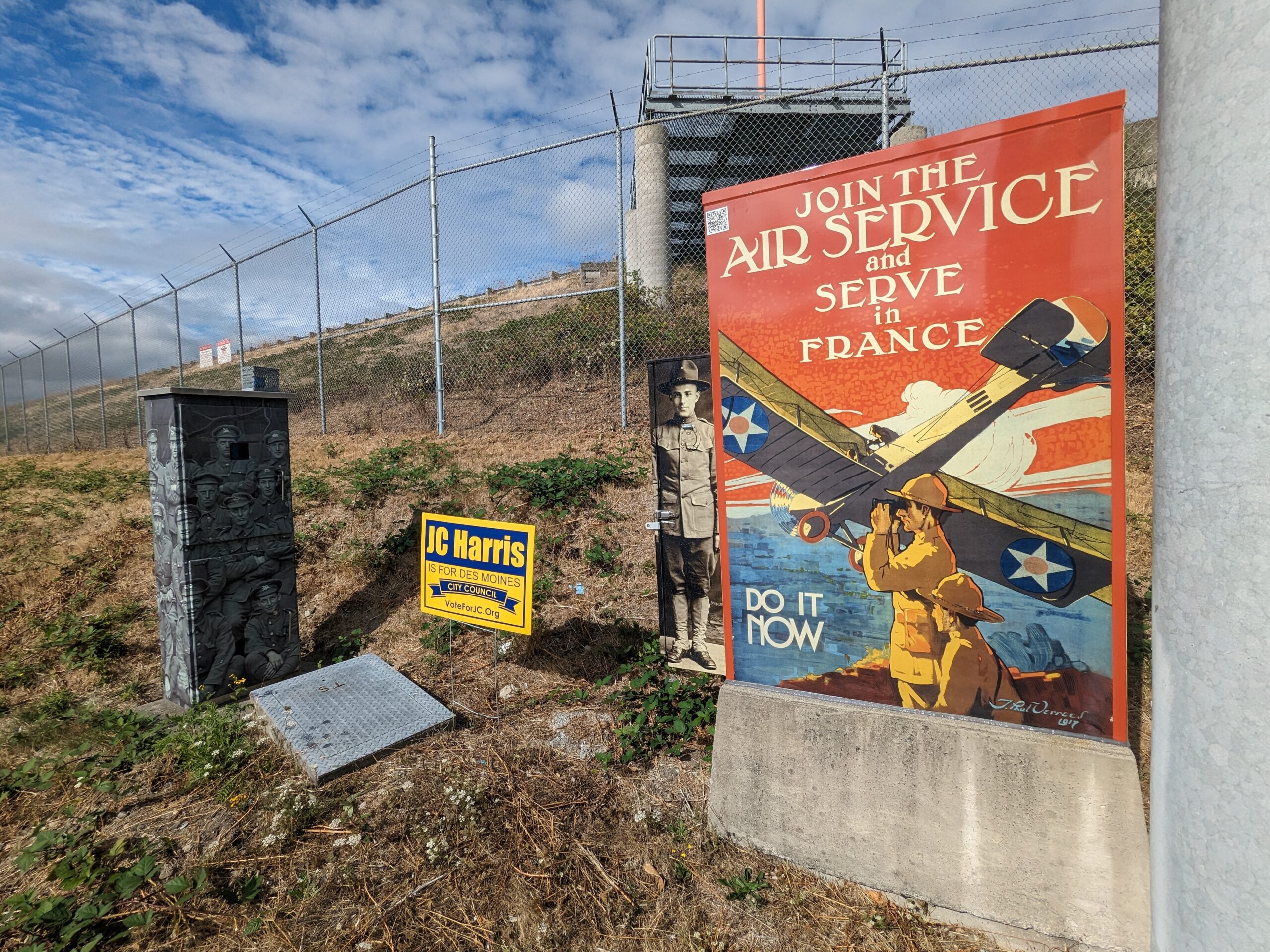There’s a reason there aren’t trees growing at Point Ruston. It’s for your health By Liz Moomey Updated August 17, 2022 11:44 AM
Learn why Point Ruston lacks trees planted in the ground. Due to the contaminated soils at Point Ruston, any trees planted there must be in above ground planters. By Clare Grant
Point Ruston is a developer’s dream, an upscale, mixed-use retail paradise on Tacoma’s waterfront, but it lacks one famous Northwest feature: trees. Point Ruston is a the first of its kind in Tacoma. Due to this, it is causing many problems such as plant life.
Clare Grant/The News Tribune cgrant@thenewstribune.com The development is the first of its kind. The project, which was the former home of the Asarco copper smelter, is the first U.S. Environmental Protection Agency site that was remediated with real estate development as the cap of contaminated soil. The EPA declared the smelter a Superfund site in 1983. Caps are generally a layer of asphalt or concrete, vegetation, drainage with sand and gravel, a sheet of strong plastic-like material called geomembrane or clay. South Tacoma Field is a Superfund site that was capped and is now the site for about 24 commercial and industrial businesses and for recreation. A site that a dry cleaners operated in Lakewood is also a Superfund site that was capped and is currently home to two businesses.
Point Ruston LLC has developed waterfront condos, apartments, homes, a waterfront hotel and an urban village along Commencement Bay since 2006. Dune Peninsula Park is also on the Commencement Bay, Near Shore/Tide Flats Superfund site. “What they are doing by developing and capping at the same time has never been done anywhere at a Superfund site in the United States,” EPA’s remedial project manager Kristine Koch said at a Ruston City Council meeting last month. “It was kind of a trial to see if this was the right thing to do.” Because the development is on a former smelter, the site has limitations of what can be built or grown there. The cap disallowed tree planting at Point Ruston and Dune Peninsula Park, and on future development on the Superfund site. Koch said trees are not allowed because their roots penetrate the soil and damage the cap, but shrubs and grasses are OK. She said a playground could be installed on the capped site, but it would depend on how far it penetrates the soil.
Due to the contaminated soil, most of the trees in Point Ruston are above ground in planters as opposed to planted in the ground. Due to the contaminated soil, most of the trees in Point Ruston are above ground in planters as opposed to planted in the ground. Clare Grant/The News Tribune cgrant@thenewstribune.com
Point Ruston’s Master Development Plan states “street trees shall be provided; no fewer than three trees per 100 linear feet of frontage, and may include above ground plantings or trees planted in tree grates as may be allowed per EPA remediation standards.” At Point Ruston, trees are planted in planters. According to Metro Parks Tacoma project manager Roger Stanton, the only trees planted were in the sail mound, because the soil was deep enough to handle the tree root. Digging is also not allowed on the site unless it is supervised by the EPA at this time, he said.
During the Asarco Company’s operation for almost 100 years, air pollution from the smelter settled on the surface soil of more than 1,000 square miles of the Puget Sound basin. Arsenic, lead and other heavy metals are still in the soil as a result of the pollution, according to the state’s Department of Ecology. Long-term exposure to arsenic can lead to health problems, including heart disease, diabetes and cancer of the bladder, lung, skin, kidney, liver and prostate. Lead exposure in children can cause behavioral problems like hyperactivity, permanent learning difficulties, and reduced physical growth, and in adults it can lead to increased blood pressure, affect memory and contribute to other health problems.
Capping the contaminated soils prevents people and wildlife from coming in contact with contaminants. The cap also stops rain and snowmelt from seeping through the material and carrying contaminants to the groundwater, keeps stormwater runoff from carrying contaminated materials offsite or into lakes and streams, prevents wind from blowing contaminated material off site and controls the release of gas from wastes containing or producing “volatile” chemicals that evaporate. Caps can be made of asphalt, concrete or a layover of soil planted with grass, which can allow sites to be reused. In general, a minimum of two feet of uncontaminated soil should be placed over the contaminated soil.
Due to the contaminated soil, most of the trees in Point Ruston are above ground in planters as opposed to planted in the ground. Due to the contaminated soil, most of the trees in Point Ruston are above ground in planters as opposed to planted in the ground. Clare Grant/The News Tribune cgrant@thenewstribune.com
Koch said the EPA’s goal is to get the site remediated, and the government has entered into a contract with Point Ruston to develop and cap. Point Ruston is behind schedule: the contaminated soils cap was to be completed in 2020. Koch said the agency’s priority is to cap these areas because of the public health concerns.
This story was originally published August 15, 2022, 5:00 AM. Liz Moomey Liz Moomey covers the city of Tacoma for The News Tribune. She was previously a Report For America corps member covering Eastern Kentucky for the Lexington Herald-Leader.
Read more at: https://www.thenewstribune.com/news/local/article264238396.html#storylink=cpy



